Mediterranean food gets a lot of love for being fresh and healthy, but let’s be real—sometimes it’s sneaky. You think you’re ordering a light, guilt-free meal, and then bam! Fried stuff, creamy dips, and sugar-packed desserts show up like uninvited party guests. Knowing these 13 unhealthy Mediterranean foods to avoid at restaurants can save you big time!
Don’t worry, this isn’t about turning your meal into a boring rabbit food fest. It’s more like knowing when to say no to the second helping of that fried cheese or the mountain of buttery rice. With a little heads-up, you can still enjoy the fresh flavors and skip the sneaky calories. Think of it as your Mediterranean food survival guide—because nobody wants to leave the table feeling less great than when they sat down.

Deep-fried appetizers (like calamari or fried eggplant)

Deep frying causes foods to soak up large amounts of oil, increasing fat and calorie content dramatically. Calamari and eggplant, when fried, develop a crispy exterior but become much heavier in terms of energy density. The batter or breading used often adds refined carbohydrates and additional calories. Consuming these appetizers frequently or in large quantities may contribute to weight gain and may negatively impact cardiovascular health due to the high saturated and trans fat content commonly found in fried foods.
Desserts like rice pudding made with heavy cream and sugar

Rice pudding prepared with heavy cream and sugar becomes a dish high in saturated fat and simple sugars. This combination increases calorie density and can affect blood sugar control. Frequent consumption of such desserts can contribute to weight gain and negatively impact metabolic health. Choosing versions made with lower-fat milk and less sugar or smaller portions can help reduce the intake of added fats and sugars while still enjoying the dish occasionally.
Fried Kibbeh

Kibbeh is a dish made from bulgur wheat mixed with ground meat, herbs, and spices. When it is fried, the exterior becomes crispy while the inside remains moist and flavorful. However, frying causes the kibbeh to absorb oil, increasing its fat and calorie content considerably. This method of preparation transforms what could be a balanced protein and grain dish into one that is higher in saturated fat and calories. Frequent consumption of fried kibbeh may contribute to weight gain and other health concerns related to high-fat diets.
Large portions of rice pilaf or couscous with added butter/oil

Rice pilaf and couscous can be healthy grains, but when prepared with generous amounts of butter or oil, the calorie content rises substantially. These added fats increase the energy density of the dish and may contribute to excessive calorie consumption if portions are large. Additionally, refined grains can cause blood sugar spikes, especially when eaten in large servings. Moderation and choosing preparations with minimal added fats can help keep these side dishes lighter and more aligned with health-conscious eating.
Baklava
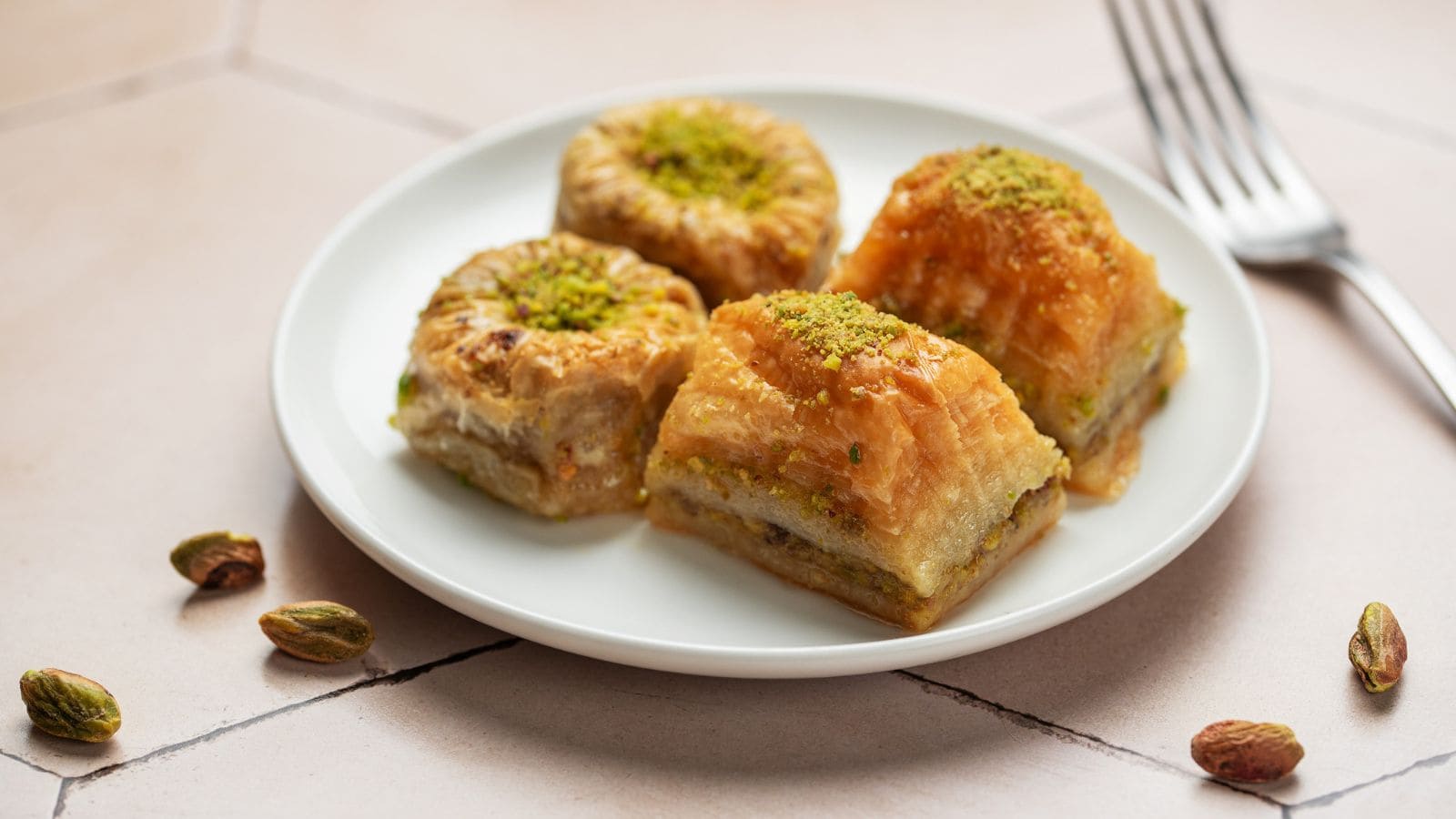
Baklava is a layered pastry filled with chopped nuts and sweetened with syrup or honey. It is made using phyllo dough, which is brushed with butter or oil between layers, contributing to a high fat content. The sugar syrup or honey adds a large amount of simple sugars, making this dessert energy-dense. Regular consumption of baklava can lead to an intake of excessive sugar and saturated fat, which may negatively impact blood sugar control and cardiovascular health. Portions are often small but calorie-rich due to the concentrated ingredients.
Creamy dips (like tzatziki with added cream)
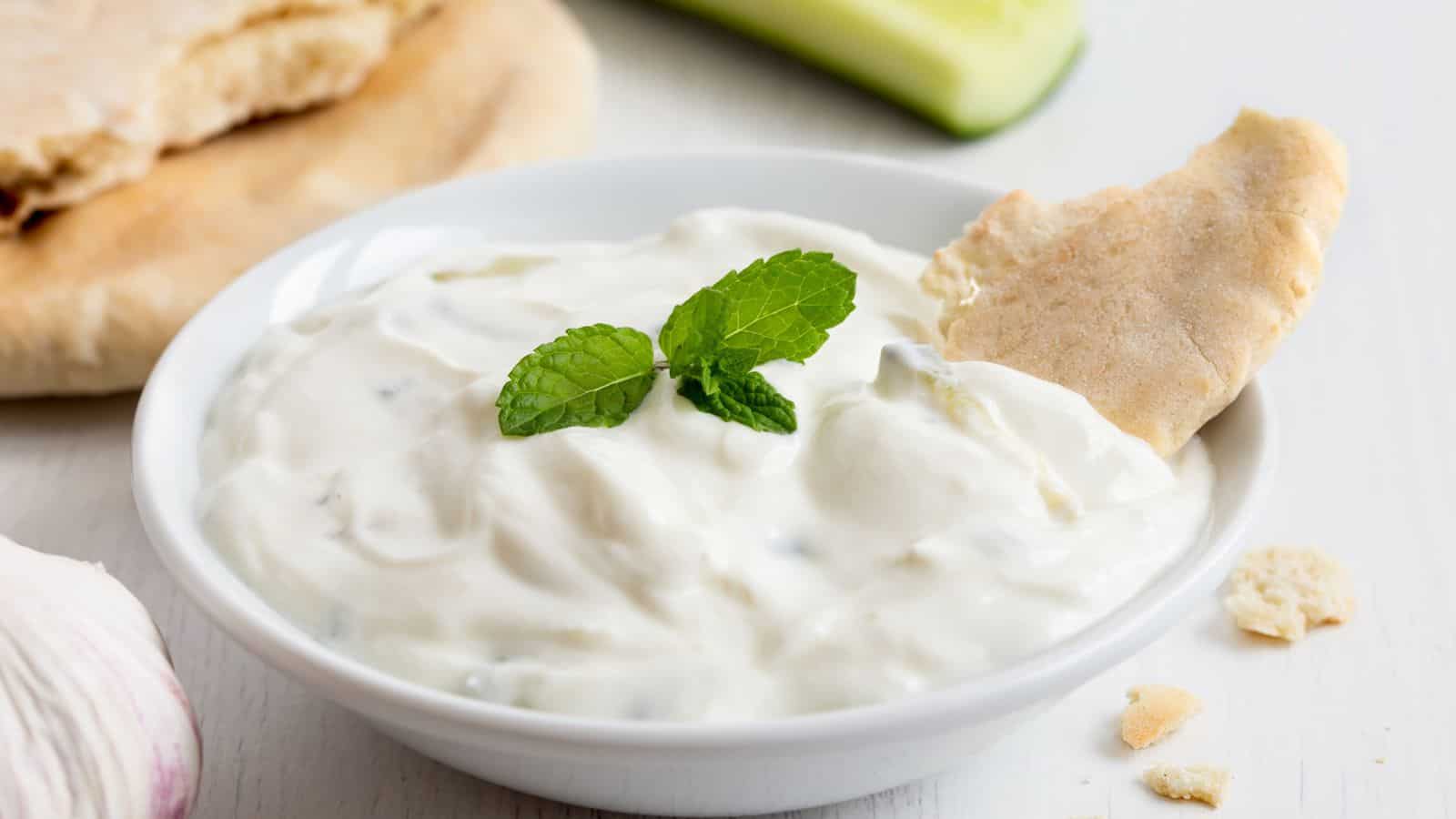
Dips that incorporate cream, mayonnaise, or other high-fat dairy products tend to have a higher calorie and fat content compared to versions made primarily with yogurt or vegetables. Even traditional tzatziki, which is yogurt-based, can become less healthy if cream or sour cream is added. These creamy textures increase richness but also add saturated fats, which may not align with dietary goals focused on heart health. Portion control is important, as it is easy to consume large amounts of these dips alongside bread or vegetables.
Stuffed Grape Leaves (when fried or served with creamy sauces)
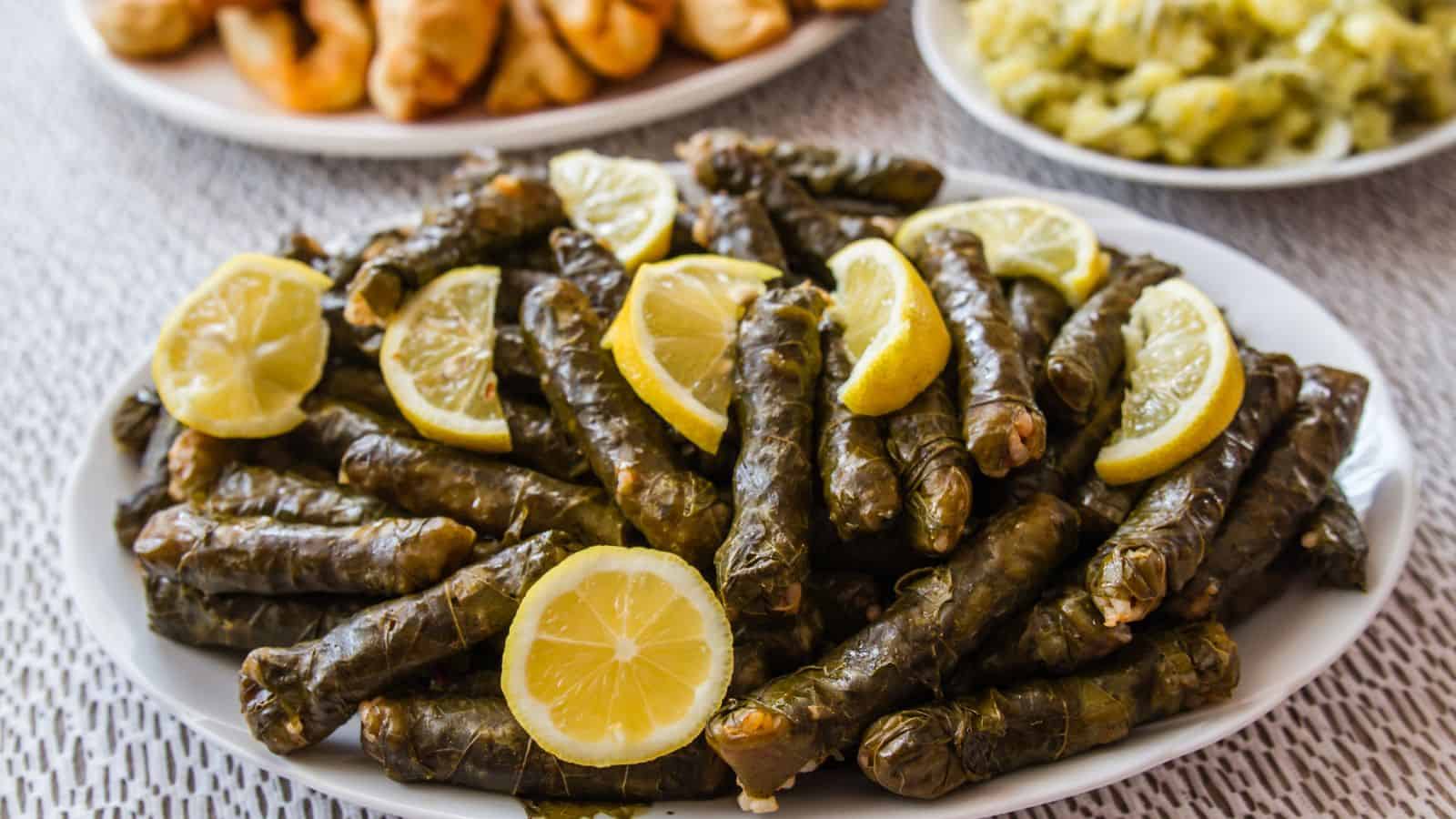
Grape leaves filled with rice, meat, and spices can be nutritious, but frying them or serving them with rich, creamy sauces significantly raises the calorie and fat content. The frying process causes the leaves and filling to absorb oil, while creamy sauces add saturated fats and sometimes sugars. These additions can transform a relatively light dish into one that is energy-dense and less suitable for those seeking to limit fat intake. Choosing baked or steamed versions without heavy sauces is a healthier option.
Get the Recipe: Stuffed Grape Leaves (when fried or served with creamy sauces)
Sweetened iced teas or sugary beverages

Beverages made with added sugars can contribute a significant number of empty calories without offering nutrients. Regular consumption of sweetened drinks may lead to spikes in blood sugar levels and an increased risk of weight gain. These drinks often contain high fructose corn syrup or other sweeteners, which can negatively impact metabolic health if consumed in excess. Choosing water, unsweetened tea, or other low-calorie drinks is a better option for maintaining balanced energy intake and supporting hydration.
Cheese-heavy dishes (like saganaki or halloumi)
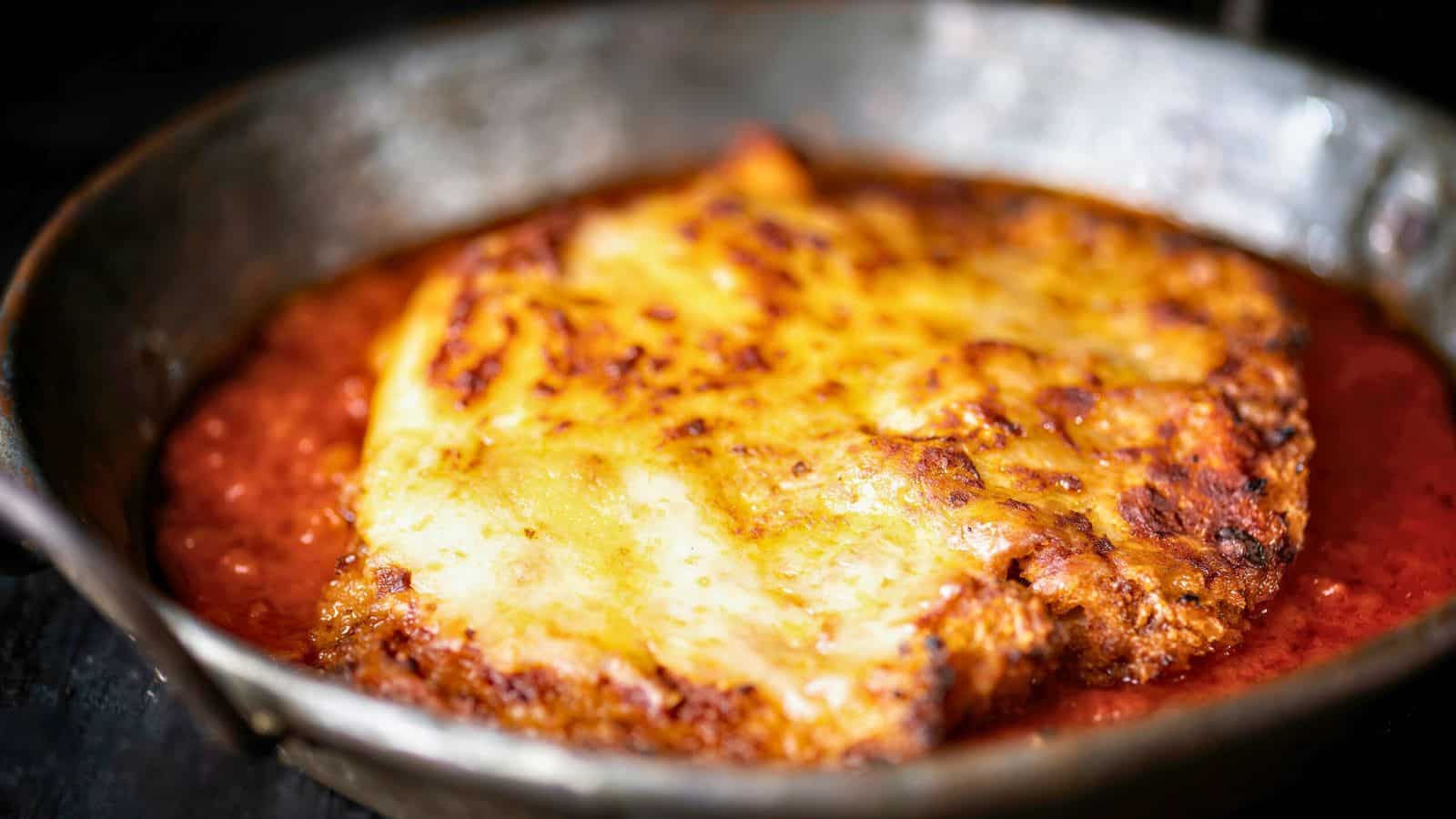
These dishes often contain cheeses that are high in saturated fat and sodium. When cheese is fried or grilled with added oil or butter, the fat content increases even more. Consuming large portions or frequent servings can increase cholesterol levels and calorie intake. While cheese can be a good source of protein and calcium, the richness and density of these preparations mean they should be eaten in moderation, especially by those monitoring heart health or trying to manage weight.
Fried Falafel
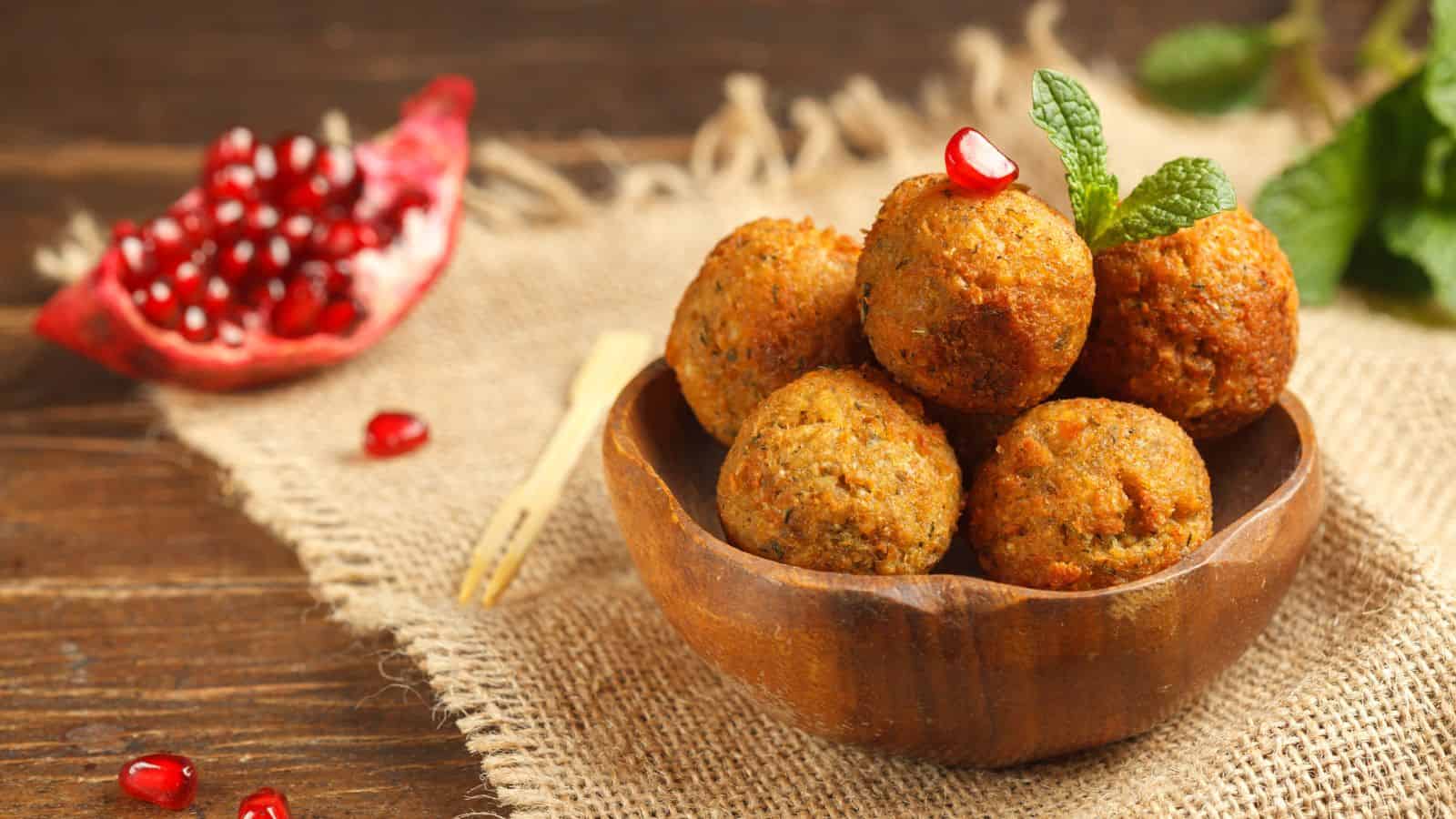
Falafel is traditionally made from ground chickpeas or fava beans mixed with herbs and spices, then shaped into balls or patties. When fried, these small bites absorb a significant amount of oil, increasing their calorie and fat content substantially. This frying process can turn a nutritious legume-based food into a dish high in unhealthy fats, which may affect heart health if consumed frequently. Additionally, the exterior becomes crispy while the inside remains dense, contributing to its popularity and energy density.
Gyro Meat (processed and fatty cuts)
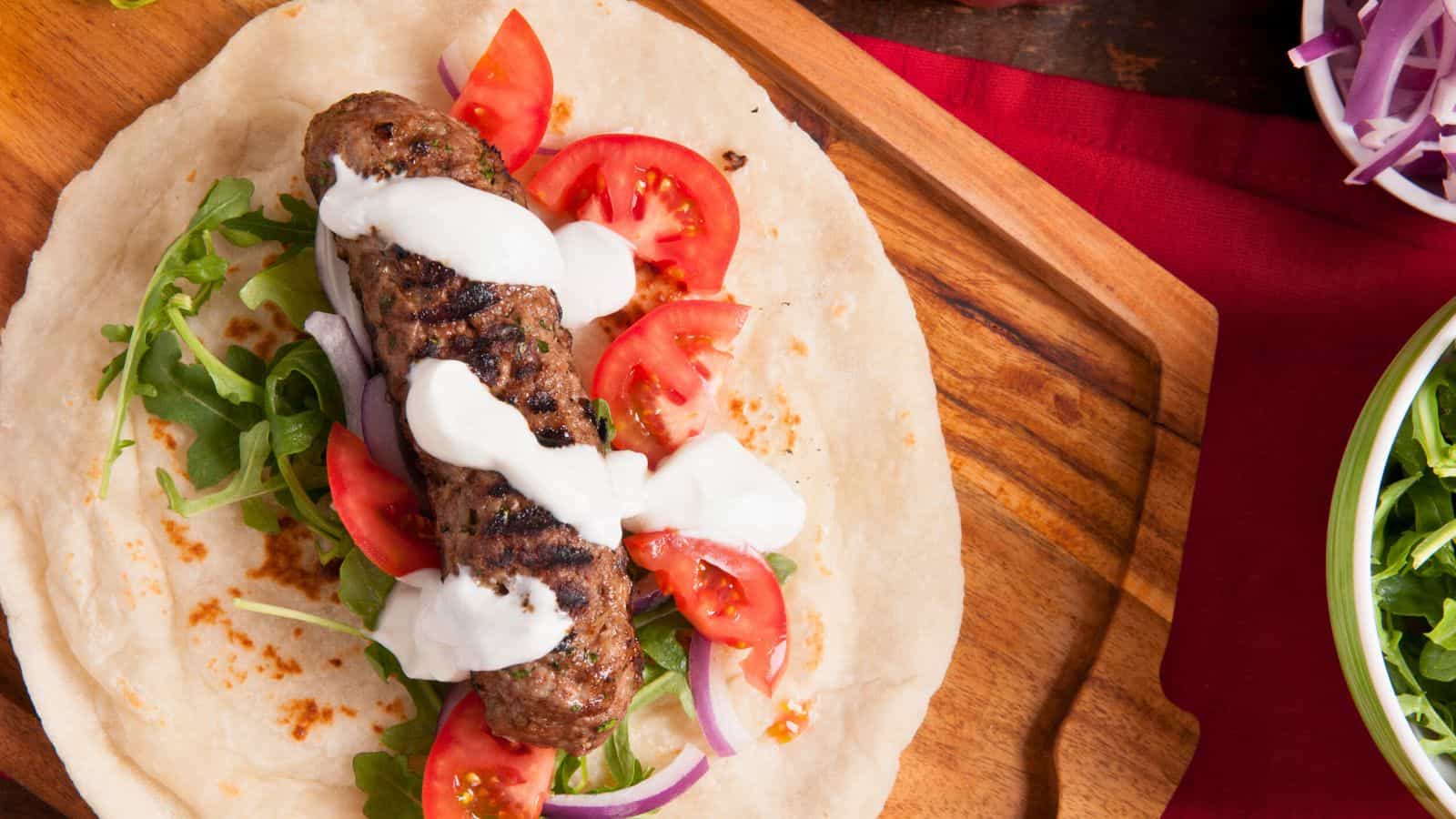
Gyro meat is typically made from lamb, beef, or a combination, often seasoned with various spices. The meat is stacked on a vertical rotisserie and cooked slowly. However, the cuts used can be fatty, and some gyro meat contains processed additives or fillers to enhance texture and flavor. This results in a product that can be high in saturated fat and sodium. Eating large portions or frequent servings of gyro meat may contribute to increased cholesterol levels and elevated blood pressure, which are risk factors for cardiovascular disease.
Pita Bread with Hummus (large portions)
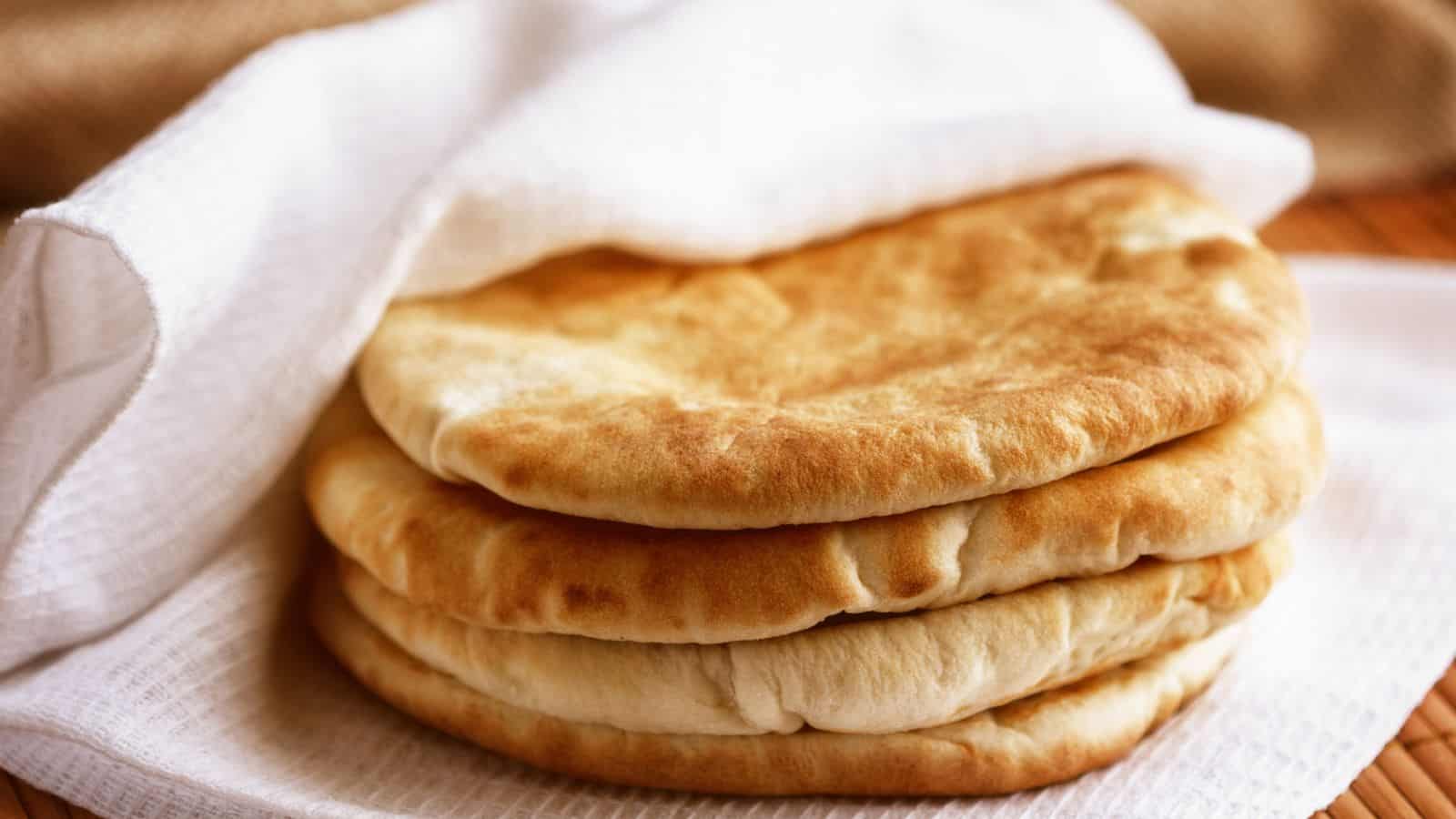
Hummus is a spread made primarily from chickpeas, tahini, olive oil, lemon juice, and garlic. While the ingredients themselves are nutritious, consuming large amounts of hummus with generous servings of pita bread can lead to excessive calorie intake. Pita bread is a refined carbohydrate that can cause blood sugar spikes when eaten in large quantities. The combination of a high volume of hummus and multiple pieces of pita can result in a meal that is high in calories and carbohydrates, which may not align with certain dietary goals.
Lamb chops with fatty cuts and heavy sauces
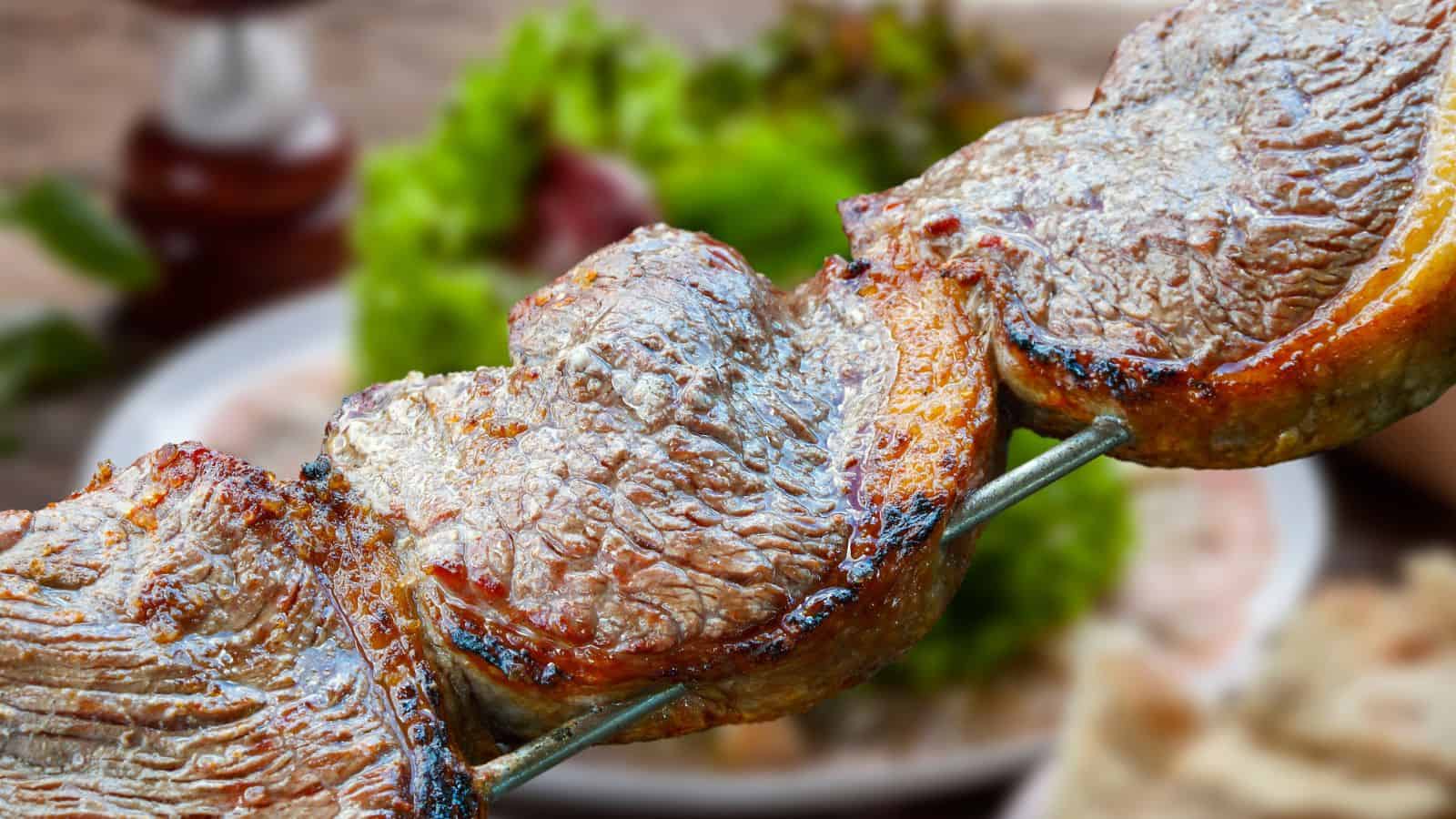
Lamb is a flavorful meat, but certain cuts contain higher amounts of saturated fat. When cooked with rich sauces, the fat and calorie content increase further. Eating fatty lamb chops regularly may raise cholesterol levels and contribute to heart disease risk. Opting for leaner cuts and lighter preparations can reduce saturated fat intake. Additionally, heavy sauces often contain butter, cream, or oil, which add calories and fats that may not fit well into a balanced diet focused on reducing saturated fat consumption.
Eat Smart, Not Sorry

Going through a Mediterranean menu doesn’t have to feel like decoding a secret language. A little heads-up about the dishes that pack extra calories or hidden fats can make a big difference. You don’t have to give up the flavors you love—just be smart about what lands on your plate. Skipping the heavy stuff here and there lets you enjoy the fresh, simple meals that really make Mediterranean food great.
At the end of the day, it’s all about balance, not perfection. Knowing what to avoid means you can still dig into your favorite spots without the surprise overload. So next time you’re scanning that menu, keep these tips in mind. Your taste buds and your waistline will both thank you for it.
Hacks to Turn Basic Instant Foods into Restaurant-Worthy Meals
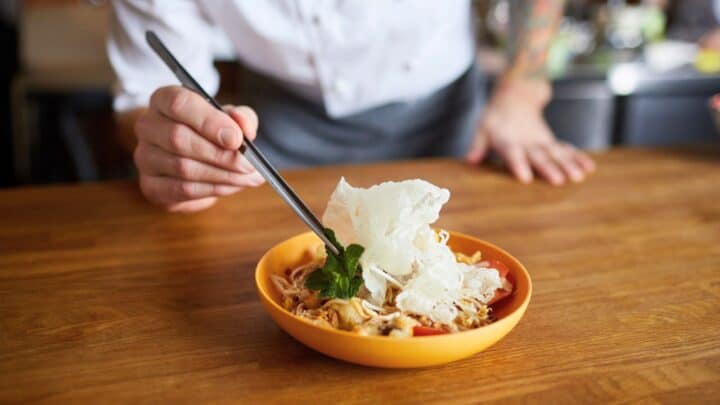
We all love the convenience of instant foods, but sometimes they can feel a bit basic. What if you could take those quick meals and turn them into something that rivals your favorite restaurant dish? This is why you should definitely know these 10 hacks to make instant foods restaurant-worthy. It’s all about the little details that make a big difference.
Read it Here: 10 Hacks to Turn Basic Instant Foods into Restaurant-Worthy Meals
Avoid These Unhealthy Foods When Dining at Chinese Restaurants
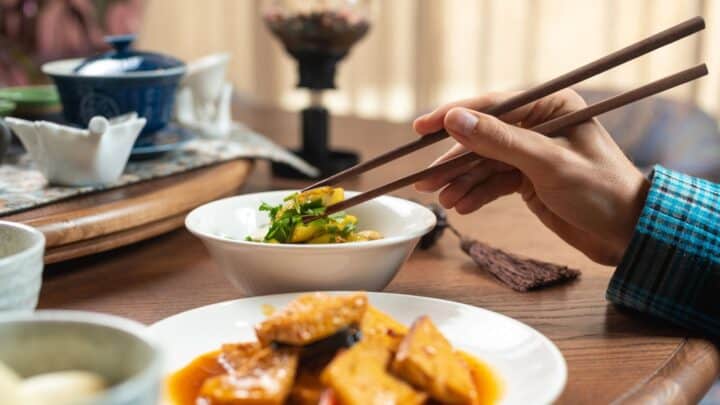
When you walk into a Chinese restaurant, the menu is often filled with tempting options that can make your mouth water. However, not every dish is a great choice for your health. In fact, there are 13 unhealthy Chinese restaurant foods you should avoid. These are usually the crispy, fried items and sugary sauces, which are packed with calories, sodium, and unhealthy fats that can derail your wellness goals.
Read it Here: Avoid These 13 Unhealthy Foods When Dining at Chinese Restaurants


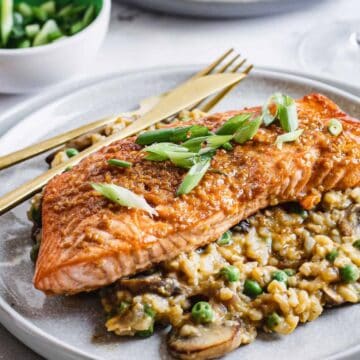



Tell Me What You Think!